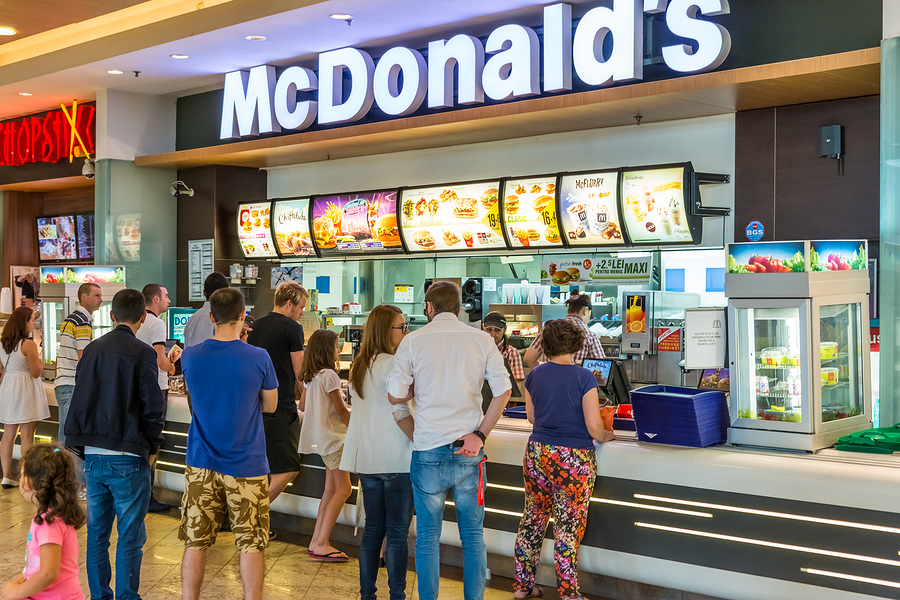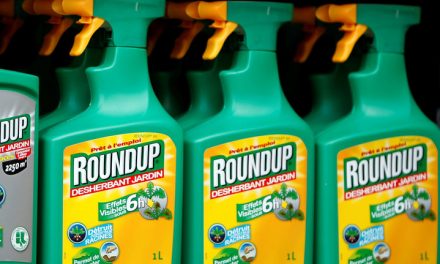The reasons are muddled in bureaucracy. Some believe it is McDonald’s inability or unwillingness to match the global need for healthy, whole food that is forcing them to close restaurants.
In 2015, the corporation ended up closing 700 restaurants around the world, 350 more than they had planned. It was a move to cut costs and keep the company from losing money. In fact, their stock value rose dramatically in the final quarter of 2015 as investors saw an opportunity for the business to start making money after shedding the dead weight of failing restaurants.
McDonald’s spokeswoman Becca Hary said, of their 2015 closings, “it’s important to note that while we will have a net reduction in restaurants [in the U.S.], the impact is minimal in comparison to the 14,000 restaurants we operate across the U.S.” She added that “we consistently review our restaurant portfolio and make strategic decisions to better position our business for the future.”
There is certainly some truth to that. If you business is suffering a loss, cutting that loss can be a very wise move.
But why is it suffering a loss? Restaurants like Chipotle and even grocery stores like Whole Foods are offering comparably priced food at much higher quality, both organic and non-GMO. The health conscious restaurants and grocery stores have gone out of their way to guarantee animal meat without anti-biotics or hormones. These are the things people want today. McDonald’s has been slow to pick up on that.

In 2016, the company plans to close another 500 stores, though they have released plans to open 1,000 new restaurants around the world, yield a +500 new restaurant count. It is, often, easier to build something new than renovate something old. Hopefully they will continue down their path of increasingly healthy food, both, for their stock holders and the health of general public.
*Article originally appeared at Minds.












